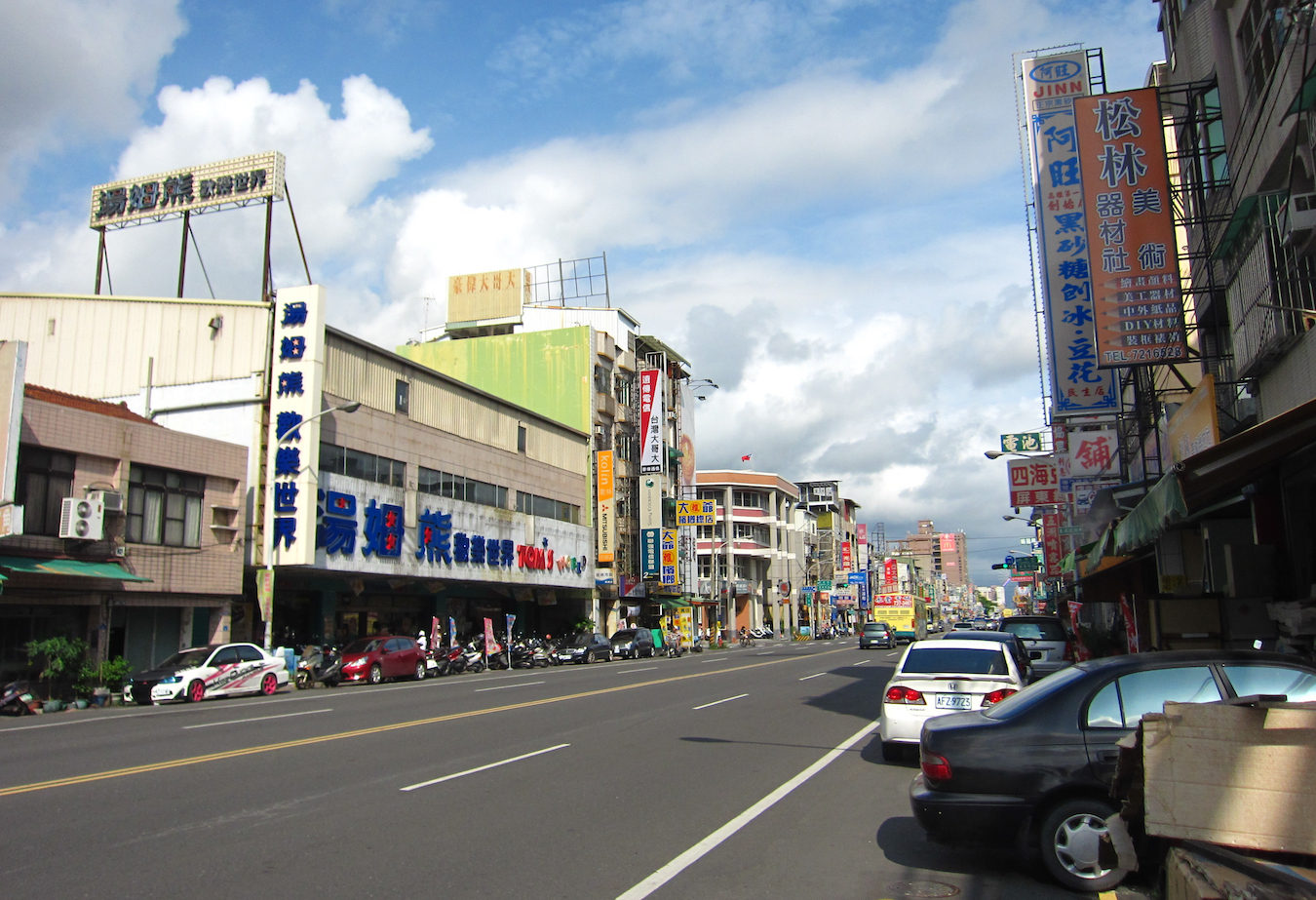by Brian Hioe
語言:
English
Photo Credit: Foxy Who \(^∀^)/WikiCommons/CC BY-SA 3.0
TWO RECENT INCIDENTS highlight the continued issue of police brutality in Taiwan. In particular, there are many cases in which police carry out acts of violence against suspects while seeking to avoid accountability.
In the first case, which occurred on February 18th, Taoyuan police are accused of forcing a confession from a seventeen-year-old who was questioned over a kidnapping and ransom case. During the questioning, police found a non-consensual photo of another minor on his phone.
When the seventeen-year-old refused to provide further details on the photo, leading to concerns that the photo may have been leaked online, police attacked and tortured him in anger. This led to three officers torturing him using a club, a taser, and a metal box used for ink stamps. When the first taser used ran out of power, police retrieved another taser to be used.
The torture took place for over an hour, while the youth was detained for seven to eight hours. Police only released the youth the next day at 5 AM, returning his phone. Although police have apologized for the incident, they largely have not denied that the torture took place.
The second incident involved police beating to death a man accused of scooter theft. The incident reportedly occurred with a man being struck by a baton with enough force that it ruptured his pancreas.
Five police officers took the man into a dark alley when this was carried out, though this had eyewitnesses. Body cameras used by police for accountability were turned off then. Part of the means by which the incident came to light was due to a post online by a netizen.
 Photo credit: Rutger van der Maar/WikiCommons/CC BY 2.0
Photo credit: Rutger van der Maar/WikiCommons/CC BY 2.0
There have been calls for greater accountability on the part of Taiwanese police, with regards to acts of violence. For example, the documentary film that won Best Documentary at the Golden Horse Awards in 2022, And Miles to Go Before I Sleep, detailed the shooting death of twenty-seven-year-old migrant worker Nguyen Quoc Phi in 2017.
Nguyen was shot nine times and left to bleed out, with police instead calling an ambulance for an officer who was scratched during the arrest. This was claimed as a proportionate response to that Nguyen reportedly attacked them with rocks and sought to open the door of a police car, police did not seem to realize that Nguyen had been, though immediately responding with lethal force to being attacked with rocks hardly seems warranted. After Nguyen was shot, police did not seem to realize that he had been fatally injured, not attempting CPR, and instead allowing him to bleed to death.
Further details to the incident could emerge because police officers, including the shooter, were wearing body cameras that were active during the shooting–even if the shooter’s body camera was only turned on shortly before the deadly incident. Nevertheless, there are other cases in which police switch off their body cameras to avoid scrutiny–this is true of police whether in Taiwan or the world.
Indeed, Taiwan’s police have a long record of brutality against accused suspects, as well as destroying evidence of their acts of violence. To this extent, police sometimes extract confessions by force, simply to avoid looking bad for being unable to find suspects, or act on the basis of lacking evidence.
Indeed, at a time when there continues to be a debate over capital punishment in Taiwan, many of the death row cases going back to the authoritarian period occurred on flimsy evidence that has since gone missing, been destroyed, or perhaps never existed. To this extent, police have sometimes admitted to torturing suspects for confessions, resulting in confessions that are not true–and, as plagued by the unwillingness of the Taiwanese criminal justice system to drop such cases, this has resulted in individuals whose confessions were extracted by force and whose statements are largely inconsistent remaining on death row despite sufficient evidence for their exoneration.
This behavior ultimately has its roots in the authoritarian period, during which police acted as enforcers for the KMT. The historian of authoritarian governance in Taiwan also means that the police are prone to viewing all members of the public as potential suspects, which is reflected in their behavior toward citizens.

